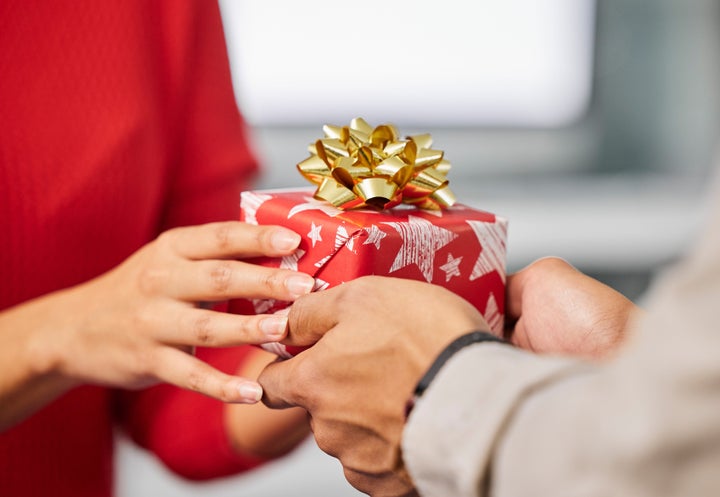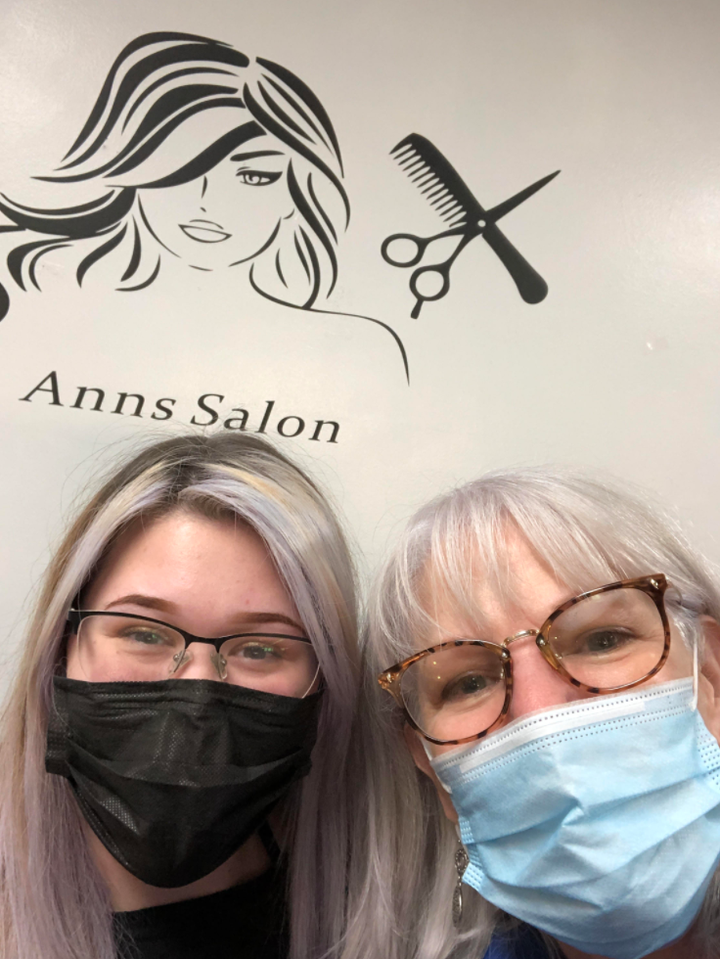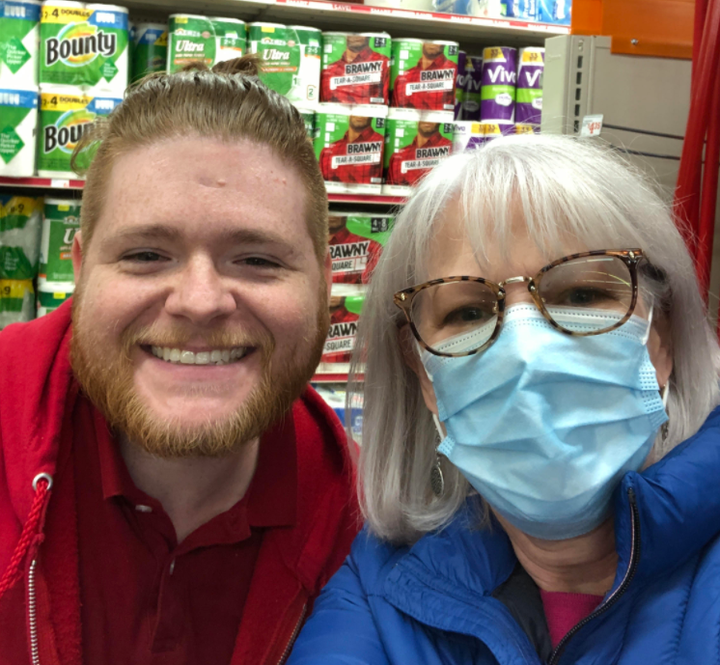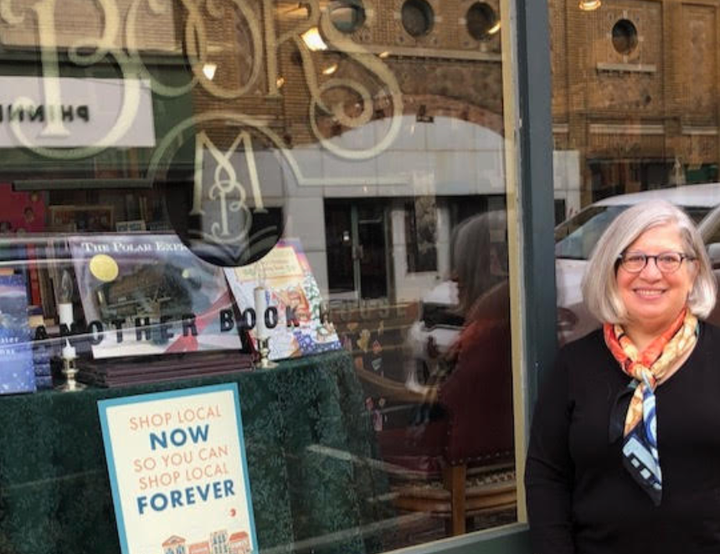
For extroverts who feed on social interaction, the past two years have been challenging, but many introverts like me adjusted well. Some even thrived. As a freelance writer working from home, and with my retired husband puttering around the house, I was lucky to have plenty of purpose and companionship to carry me through the pandemic.
Fully vaccinated, I happily rejoined friends in May 2021 when restrictions began to lift. We enjoyed prosecco on their porches, lunches at our favorite restaurants with outdoor seating, driving excursions, and riverboat adventures. In July, my husband and I drove from our home in upstate New York to Boston to celebrate our younger son’s 30th birthday. Life slowly became an acceptable version of our new normal.
Three days after we returned from Boston, the birthday boy discovered he had a breakthrough infection. He quarantined, lay low, and recovered. My husband and I tested negative, but we returned to wearing masks in public places and limiting our social activities. Our world shrank again.
I thought I was doing OK with the seclusion — after all, introverts love our alone time — but I found it even harder than usual to pick up the phone to call friends. Zoom meetings exhausted me. Using social media required too much engagement. Finally, I realized I didn’t want to leave the house.
The solitude I coveted and protected as an introvert was fast becoming COVID-fueled isolation. Solitude is good, but feeling isolated is unhealthy, even if you’re trying to physically avoid a virus.

Sliding quickly down the slippery slope, hoping to not land in despair, I knew one of the best ways to escape my self-focused thinking was to commit acts of kindness for others. I’ve relied on this strategy for years, and it has never failed to get me out of my own head and focused on the hearts of others.
I use a particular formula — a three-person process — for committing my good deeds. I choose a retail business, find an employee who doesn’t look too busy, and pop the question: “Would you help me do an act of kindness?”
Then I hold out a $10 bill (any small but meaningful amount will do) and ask the individual to choose a customer that day to receive a discount on their purchases. It’s a twist on the typical random acts of kindness, which usually involve just two parties. I’ve found adding an element of purpose multiplies the reach and the good feelings that ensue. It’s a win-win-win.
I’ve been carrying out this form of benevolence for years. I ramped up my efforts after the Sandy Hook shooting, committing 26 acts, one for each victim. When I turned 60 in 2018, I threw myself a party and asked my guests to stuff one or more $10 bills in an envelope in lieu of other gifts, and then I distributed those gifts. My feel-good celebration lasted all year.
Every person I’ve ever approached to join in the fun loved the idea. Their faces light up like fireflies. “That’s so nice!” is a common refrain. Several times I’ve been asked “Are you sure?” and when I answer, “Absolutely!” my enthusiasm is returned. Once, a personable guy at a gas station loved the idea but was confused. “How about we start by giving it to you?” he said, not realizing it defeated the whole purpose. But no one has ever refused my offer. It feels too good, not just for the receiver, but for the giver.
Amid the fear and loss and grief we’ve witnessed throughout the pandemic, we’ve also seen heartwarming stories of goodness. For example, the father who built an ice rink in his front yard for the neighborhood kids to enjoy. His gift to his community felt so good, he cried.

Often, I’m overcome with emotion, too. As I approach my target, my face flushes, my heart races, and my voice gets raspy. Leaving the store, I sometimes fight back tears of happiness. I imagine the employee’s pulse quickening as they choose their recipient, the look on the customer’s face, both of their steps lighter for the rest of the day. Yes, I have an active imagination, but am I right that this is what happens? It’s not about the money. It’s about making someone feel good and, in the process, feeling good ourselves.
My 63rd birthday was approaching, the perfect opportunity to spread some cheer. So, I took $60 out of the bank, one for each decade of my life, grabbed my face mask, and got started.
My first target was my hair stylist, Emily.
“Would you help me do an act of kindness?”
“Sure,” she said.
“Here’s how it works.” And I explained my idea.
“I love it!” she said. “When I worked at Dunkin’ Donuts and drive-thru customers kept ‘paying it forward,’ the whole staff got excited.”
“Yes!” I said. “That’s the whole idea. The good feelings snowball.”
After the hair salon, I stopped by the farmers market, my favorite indie bookstore, the grocery store, Family Dollar, and CVS. Even from behind masks, I read the excitement on the employees’ faces. Each smile gave me a better grip to pull myself out of my funk of isolation.
I don’t usually follow up, but out of curiosity, I returned to the scenes to inquire about the outcomes. Emily’s customer was “very happy,” and told her to thank me. Lee at Family Dollar gave his gift to an elderly veteran picking up some essentials and said the vet was thrilled. At CVS, I got a bonus. I had given the $10 to Bruce, the manager, since all the employees were busy, and asked him to choose a staff member to do the deed. When I checked back, Bruce’s eyes shone as he told me about the happy customer. He looked delighted to be involved, a fourth cog in the wheel of good fortune.
The best act of kindness happened at the bookstore when a 10-year-old customer was $3 short on his purchase. Myra, the bookseller, offered him and his grandmother the $10, and the appreciative duo added the change to the food pantry collection bucket. It was a grand slam of wins.

As much as I love my strategy, I’m small potatoes in the do-good world. Many people — health care workers, first responders, volunteers in thousands of communities and organizations — give much more of their time, energy and financial resources than me. They are the true heroes.
But simple works for me. Maybe it will work for you ― and I guarantee it will work for the final recipient. Regardless of whether you feel isolated, why not give it a try? Better yet, create your own unique brand of kindness. Mother Teresa is often credited as having said, “I alone cannot change the world, but I can cast a stone across the waters to create many ripples.” If we all created ripples of kindness, just imagine the river of love.
Karen DeBonis’ work has appeared in The New York Times Tiny Love Story column and other literary and mainstream publications. She primarily writes about motherhood, adversity, and people-pleasing, an entangled mix told in her memoir “Growth: A Mother, Her Son, and the Brain Tumor They Survived,” available for representation. You can learn more about her at karendebonis.com.
Do you have a compelling personal story you’d like to see published on HuffPost? Find out what we’re looking for here and send us a pitch.
